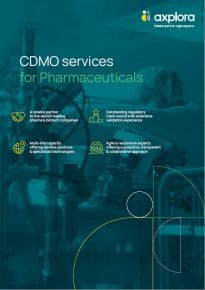Hazardous chemistry
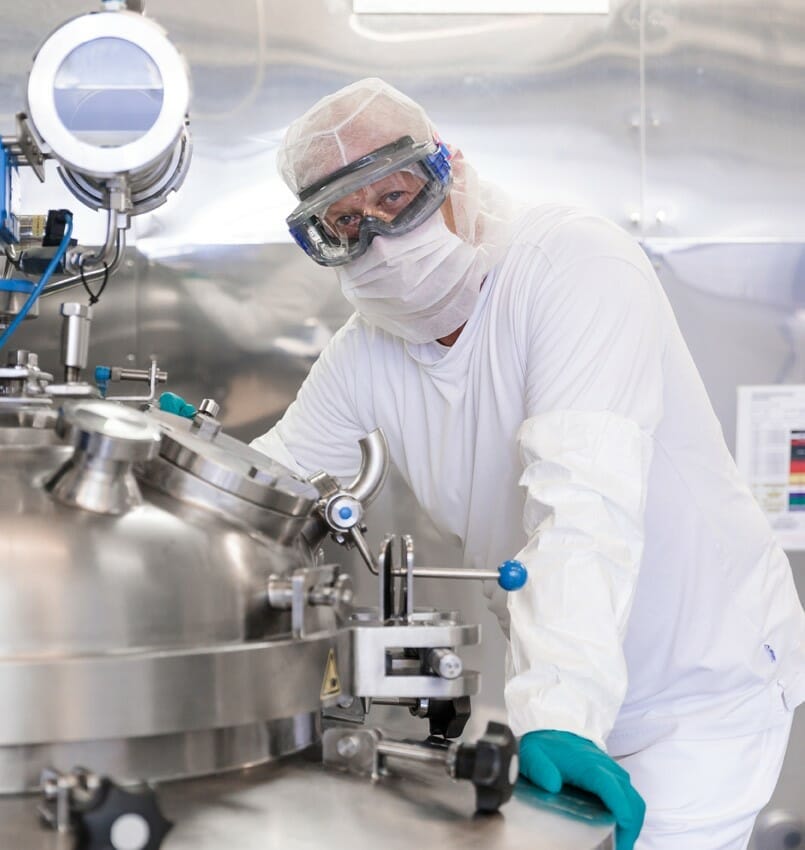
Hazardous chemistry involves the use of highly energetic reactions and/or hazardous reagents. It is a key technology in the process development and manufacturing toolbox of APIs, with the potential to shortcut complex routes of synthesis. It enables improvements in process cycle time, purity, and yield, reducing both operational costs and environmental impact.
With decades of expertise and a strong safety culture, Axplora is a world leader in Hazardous chemistry.
Hazardous chemistry expertise
Axplora is a world leader in the handling of hazardous compounds. We have a proven track record in developing and manufacturing APIs using hazardous chemistry:
- Over 40 years of experience in commercial manufacturing
- Manufacture of APIs & cGMP intermediates, as well as agrochemicals and specialty intermediates, using hazardous chemistry
- More than 20 APIs and advanced intermediates produced every year
- Outstanding quality assurance track record
- Facilities inspected by the US FDA, National Health Authorities (EU), and PMDA (Japan) accredited
- Depth of HSE culture & know-how
- Deeply ingrained safety culture
- Excellent HSE track record
- Methodology for risk analysis
- On-site safety testing
- Authorization for explosives manufacture
- Expertise in hazardous chemistry legislation
- Hazard evaluation and knowledge of regulations
- Reports accepted by authorities (ECHA, BAM, BZR)
- Ability to offer regulatory support to our customers
- Support for freight & logistics of dangerous goods
- Dangerous goods classifications
- Expertise and support with transport
- Strength of hazardous chemistry process development
- Process development expertise with a wide range of highly energetic compounds and reactions
- Wide experience with process scale-up, validation, and commercial production at a wide range of scales
- Flexible and collaborative approach
- Experienced Project Managers
- Reactive to changes in customer needs
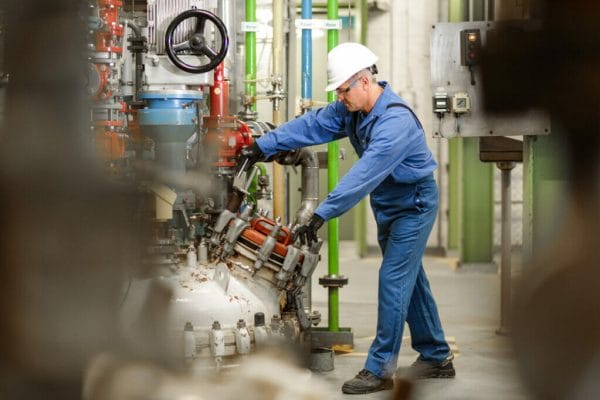
We have specific expertise in handling:
- Explosive compounds
- Shock & friction sensitive chemicals such as nitroglycerin
- Self-igniting gases and liquids
- Thermally sensitive compounds
- Toxic materials
- Highly exothermic reactions
We are also experienced in highly hazardous chemistry such as:
- Azide chemistry
- Hydrazine and hydroxylamine reactions
- Diazo compounds
- Nitroalkane chemistry
- Carbonylation
- Cyclopropanation
- Alkyllithium handling
- Lithium aluminium hydride (and other hydrides) reductions
- Handling of highly toxic and thermally/mechanically unstable materials
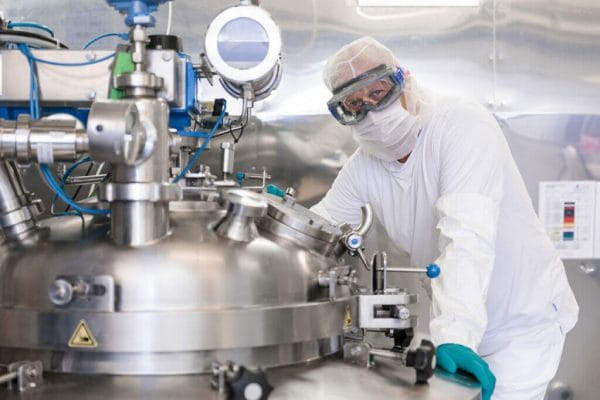
Explore our content to learn more about our expertise in Hazardous Chemistry:
| Type of content | Title |
| Leaflet including a case study | Development and manufacturing of a Phase III API using azide chemistry |
Our solutions for APIs
Axplora offers the full range of hazardous chemistry services for APIs, from process development to industrial-scale manufacturing.
From kilogram to multi-ton commercial supply per year, you can rely on our expertise to develop hazardous chemistry processes and produce your key intermediates or APIs safely and reliably.
- Early development
- Hazard evaluation studies
- Route scouting
- Process development to scale up
- Process development
- POC study
- Risk analysis
- Scale-up & technical batches
- Manufacturing of cGMP batches
- Validation
- Process validation
- Analytical validation
- Cleaning validation
- Life-time study
- Regulatory support
- Commercial manufacturing
- Routine production
- Continuous improvement
- Life cycle management
Safety expertise for handling hazardous reactions
The explosive nature of some reagents demands specific know-how, high safety standards, and strict process controls. We ensure supply security because of extensive safety testing, specific installation, and isolated production units.
Besides adequate manufacturing procedures, we provide sophisticated chemical safety testing:
- Thermal stability: DSC, TGA, ARC
- Explosive properties: shock and friction sensitiveness test, Koenen test
- Tests for detonation propagation (2”-steel tube test)
- Storage stability test (heat accumulation test)
- Tests for self-decomposing materials
- Hartmann tube (dust explosion test)
- Reaction calorimetry, heat balance calculation
- Transport classification
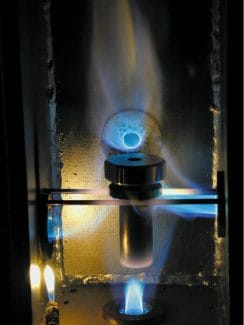
Our center of excellence for hazardous chemistry
Our Leverkusen site, located in Germany and founded by Alfred Nobel, has more than 150 years of experience in hazardous chemistry.
The site has been regularly inspected by the FDA, European, Japanese (PMDA), and Korean (KFDA) authorities recently and is also ISO 9001 and ISO 50001 certified.
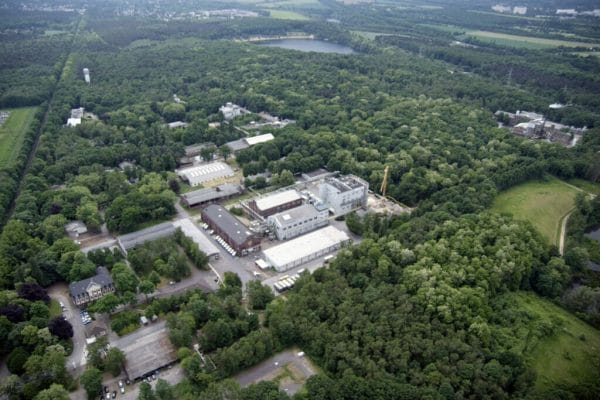
Discover our CDMO services and technologies for APIs:
